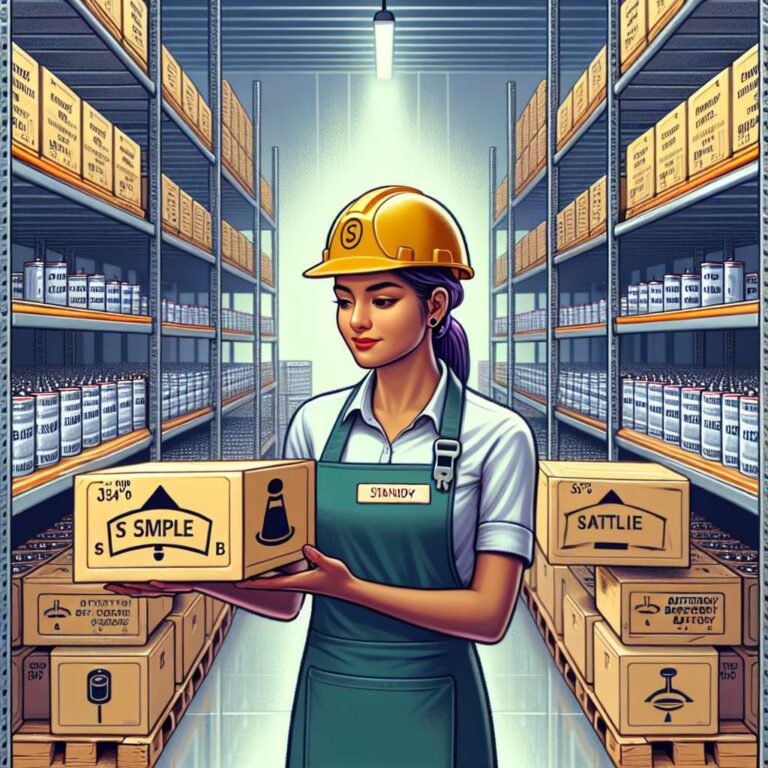The dominance of lithium-ion batteries is being challenged by a new contender: sodium-ion batteries, which are gaining traction in emerging niches despite the lithium chemistry´s established stronghold. Sodium is considerably more abundant than lithium, raising hopes for cheaper, more sustainable battery supply chains in the future. However, sodium-ion batteries face hurdles, notably lower energy density, making them less suited for range-hungry applications like electric cars—at least for now.
Market dynamics significantly influence adoption rates. Between early 2021 and 2023, lithium prices soared, sparking fresh interest in alternative technologies such as sodium-ion batteries. However, recent declines in lithium prices and growing lithium-based manufacturing capacities have complicated sodium´s competitive narrative. Battery pack prices for lithium-ion have dropped sharply in 2024, further underscoring the volatility and competitiveness of the sector. Industry experts note that sodium-ion batteries must offer clear cost savings, since their lower energy density puts them at a disadvantage in most electric vehicles.
Still, sodium-ion batteries are not without their niches. In micromobility markets like electric scooters and three-wheelers, limited range requirements make sodium-ion´s lower energy density less of a problem. For example, Chinese manufacturer Yadea has rolled out several models powered by sodium-ion cells, reportedly selling about 1,000 units in three months. On a larger scale, sodium-ion is also making headway in stationary energy storage systems, including grid-level installations like the new Baochi Energy Storage Station in China, which integrates both sodium-ion and lithium-ion technologies. Companies such as Natron Energy in the US are targeting campus-scale and data center storage, recognizing that energy density matters less in stationary settings.
Some manufacturers remain hopeful for sodium-ion´s future in heavier vehicles. CATL, a major Chinese battery producer, intends to pursue sodium-ion batteries for heavy-duty trucks under its Naxtra Battery brand. Even if lithium remains the industry´s cornerstone, continued progress in sodium-ion adoption—especially where it naturally fits—could diversify and strengthen the global battery ecosystem at a time when innovation in storage technology is more critical than ever.

